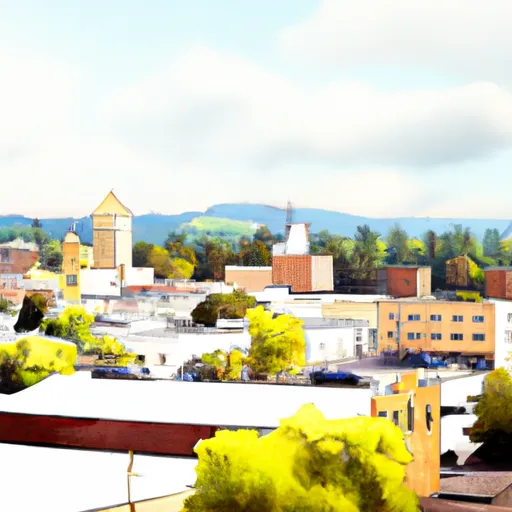°F
°F
mph
Windspeed
%
Humidity











Selma, Oregon is a small town located in Josephine County, nestled in the picturesque Illinois Valley. The climate in Selma is characterized by mild winters and warm summers. The region experiences an average annual rainfall of around 40 inches, with the wettest months being November through March. Summers are generally dry and sunny, with temperatures ranging from the mid-70s to mid-90s Fahrenheit.
Selma benefits from its proximity to the beautiful Illinois River, which flows through the town. The river provides a scenic backdrop and opportunities for various outdoor activities. Anglers can enjoy fishing for salmon, steelhead, and trout, while kayakers and rafters can navigate the river's exhilarating rapids. The Illinois River also offers excellent swimming spots and is a popular destination for camping and picnicking along its banks.
The hydrology constituents in Selma include not only the Illinois River but also numerous creeks and streams that flow through the region, contributing to the area's lush vegetation and biodiversity. These waterways support a variety of wildlife, making the town an attractive destination for nature enthusiasts.
Overall, Selma, Oregon is a charming town that offers a pleasant climate, beautiful hydrology constituents, and ample opportunities for outdoor recreation.
Weather Forecast
Selma receives approximately 1379mm of rain per year, with humidity levels near 80% and air temperatures averaging around 12°C. Selma has a plant hardyness factor of 8, meaning plants and agriculture in this region tend to thrive here all year round.
Regional Streamflow Levels
26
Cubic Feet Per Second
2,510
Cubic Feet Per Second
4,560
Cubic Feet Per Second
71,400
Cubic Feet Per Second
Nearby Camping
| Camping Area | Reservations | Toilets | Showers |
|---|---|---|---|
| Schroeder County Park | |||
| Spalding Pond | |||
| Josephine Creek Camp | |||
| Grayback | |||
| Cave Creek | |||
| Sam Brown |



